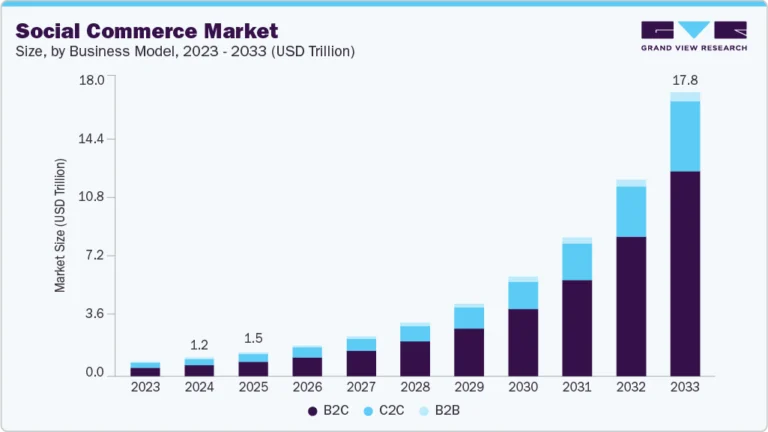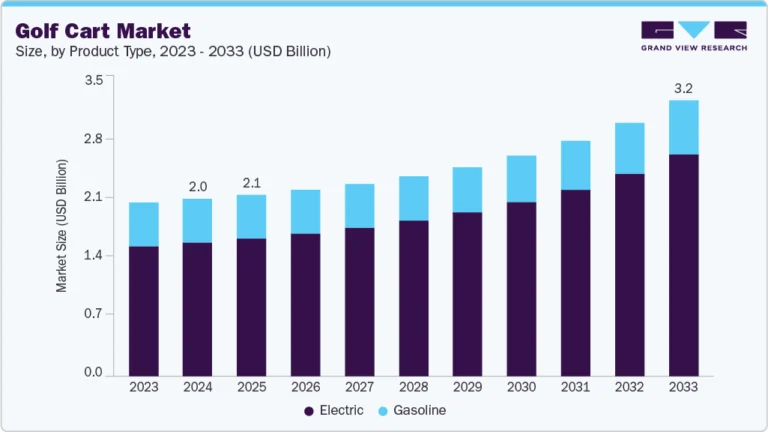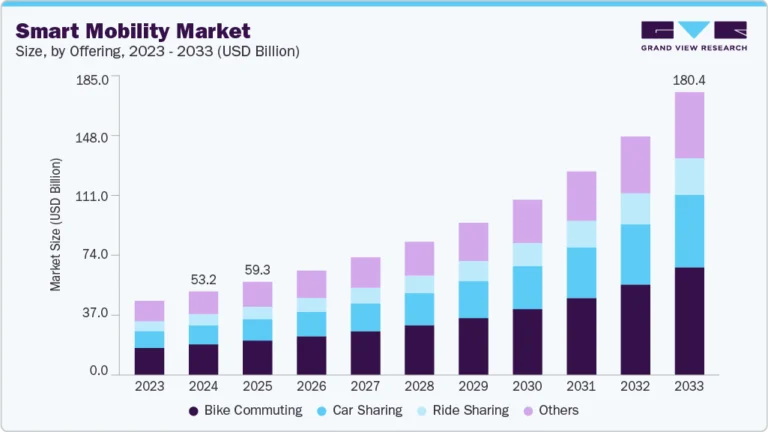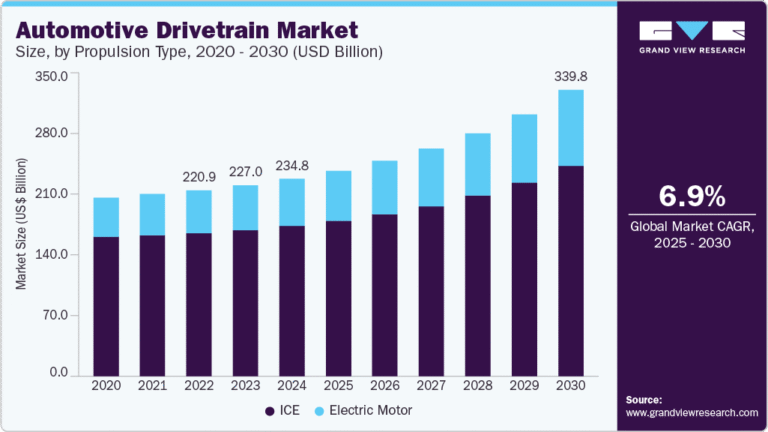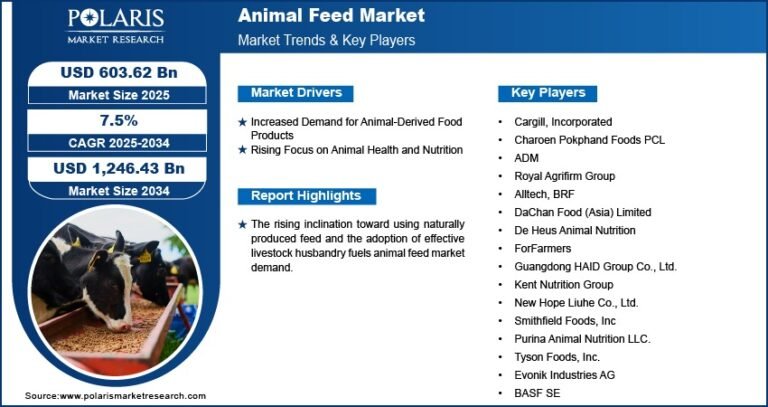Regenerative Agriculture Market Size, Share & Trends Analysis growing at a CAGR of 16.1% from 2025 to 2033
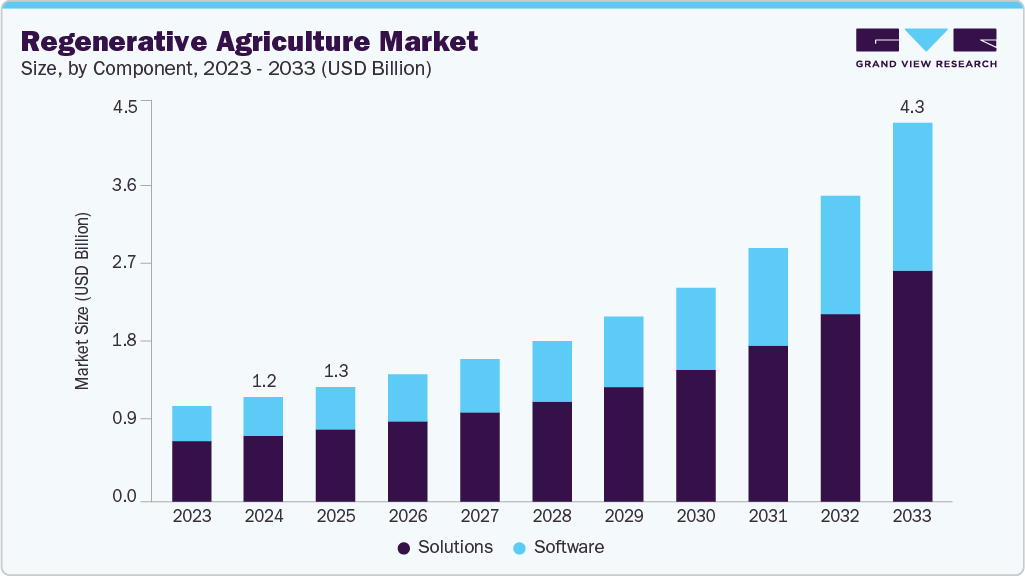
The global regenerative agriculture market size was valued at USD 1.19 billion in 2024 and is projected to reach USD 4.30 billion by 2033, growing at a CAGR of 16.1% from 2025 to 2033. The rise in support from governments, organizations, and farmer welfare associations drives the regenerative agriculture market.
Key Market Trends & Insights
- North America held a 36.1% revenue share of the global regenerative agriculture market in 2024.
- In the U.S., rising demand from local, decentralized, and circular food systems is accelerating the demand for the regenerative agriculture market.
- By component, the solutions segment held the largest revenue share of 62.9% in 2024.
- By agriculture type, the agroforestry segment held the largest revenue share in 2024.
- By end user, the farmers segment held the largest revenue share in 2024.
Market Size & Forecast
- 2024 Market Size: USD 1.19 Billion
- 2033 Projected Market Size: USD 4.30 Billion
- CAGR (2025-2033): 16.1%
- North America: Largest market in 2024
- Asia Pacific: Fastest growing market in 2024
Request a free sample copy or view report summary: https://www.grandviewresearch.com/industry-analysis/regenerative-agriculture-market-report/request/rs1
The development of technology and data analytics tools is facilitating the adoption of regenerative farming practices on a large scale. Innovations in remote sensing, soil health monitoring, and digital farm management platforms allow farmers to measure outcomes such as carbon sequestration, water retention, and biodiversity more accurately. These tools not only help validate the environmental benefits of regenerative agriculture but also play a critical role in enabling access to carbon markets, certification schemes, and performance-based incentives. As digital agriculture becomes more accessible and cost-effective, it is lowering the barriers for smaller and medium-sized farms to transition toward regenerative models.
The rise in support from governments, organizations, and farmer welfare associations drives market growth. Regenerative agriculture is an approach to farming that focuses on enhancing and improving soil health, biodiversity, ecosystem services, and community well-being. It is gaining popularity worldwide as a sustainable alternative to conventional farming practices that often rely on synthetic inputs and heavy tillage. Governments worldwide recognize the importance of this market in mitigating climate change, enhancing soil health, and improving food security. They provide incentives, subsidies, and support programs encouraging farmers to adopt regenerative farming practices. For example, in the U.S., the Department of Agriculture has launched several initiatives to promote this market, such as the Environmental Quality Incentives Program, the Conservation Stewardship Program, and the Regional Conservation Partnership Program. In recent years, regenerative agriculture has gained traction among farmers as they recognize its benefits.
Farmers can reduce their input costs, improve soil health, and increase yields by implementing regenerative practices. In addition, it can help mitigate the impacts of climate change by sequestering carbon in the soil. Governments are also providing incentives to farmers who adopt such practices. In the U.S., for example, the Natural Resources Conservation Service (NRCS) provides financial assistance to farmers who implement conservation practices on their land, including regenerative agriculture practices. Similarly, the European Union’s Common Agricultural Policy (CAP) includes provisions for supporting farmers who adopt agroecological and regenerative practices.
Furthermore, the benefits of these practices are not limited to the farm level. Healthy soil and diverse ecosystems can help improve water quality, reduce erosion, and support wildlife habitats. Therefore, governments and other stakeholders recognize regenerative agriculture’s potential to contribute to broader sustainability goals beyond farming. There has been a growing awareness among consumers about the importance of regenerative practices. This has led to a shift in consumer preferences towards food products produced using these practices. Consumers are looking for food that is not only healthy and nutritious but also made in a way that is environmentally sustainable and supports local communities.


